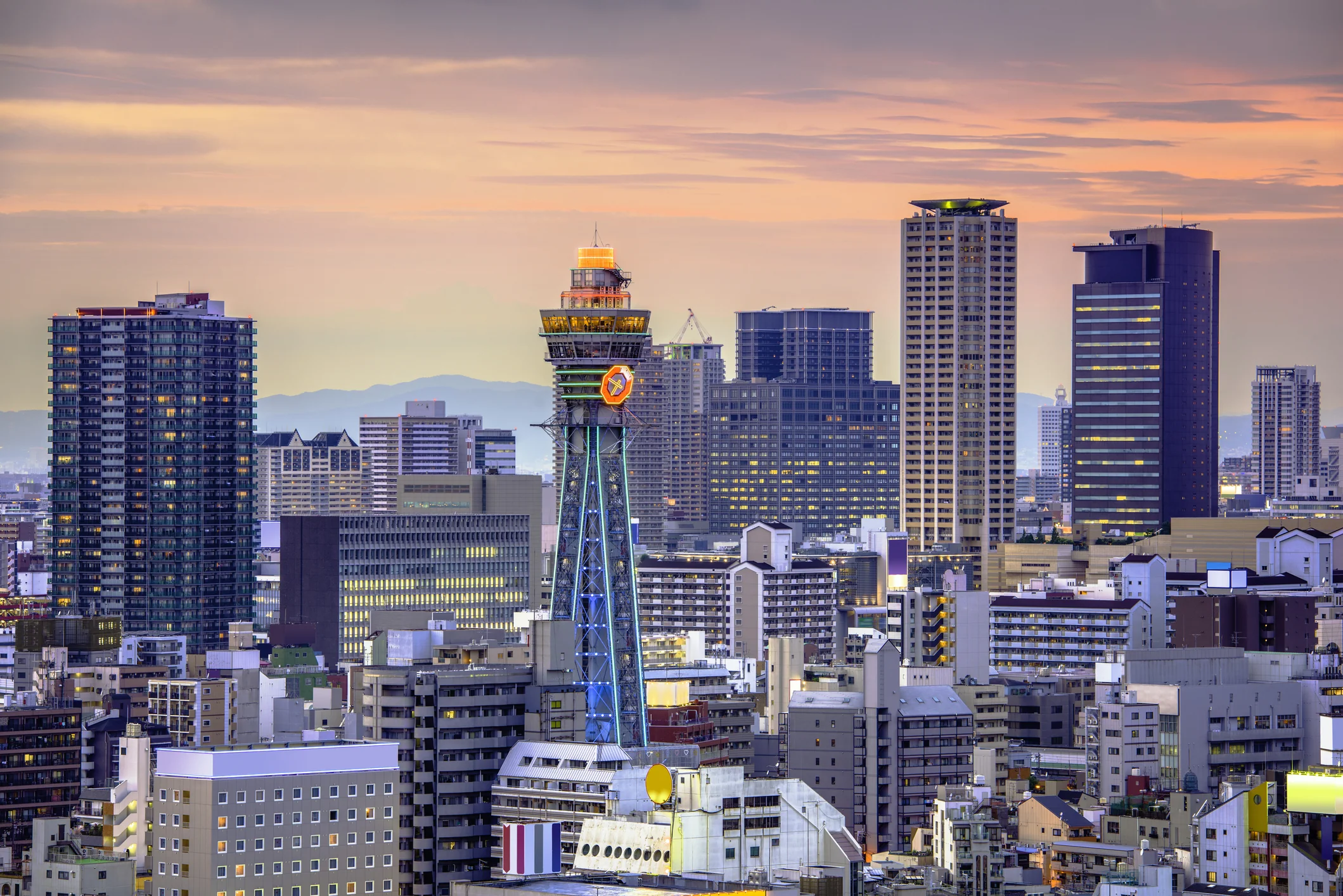 Japan has emerged as a powerhouse in the global data center landscape, ranking among the world’s largest and most dynamic markets. Building on years of steady progress, the nation’s data infrastructure continues to grow by leaps and bounds today. At the heart of this momentum is a combination of technological evolution and government-led digitalization efforts that are rapidly reshaping the sector.
Japan has emerged as a powerhouse in the global data center landscape, ranking among the world’s largest and most dynamic markets. Building on years of steady progress, the nation’s data infrastructure continues to grow by leaps and bounds today. At the heart of this momentum is a combination of technological evolution and government-led digitalization efforts that are rapidly reshaping the sector.
Driving this momentum is the government’s commitment to technological modernization, exemplified by initiatives such as the Digital Garden City Nation – a comprehensive strategy to drive investments across various technology sectors, including developing tech talent and digital infrastructure, such as data centers.
Land of the Rising Sun

In some ways, the current surge of data centers in Japan mirrors global trends toward digital transformation and cloud migration. Yet Japan’s data center landscape carries a distinct flavor compared to those in other global markets. Despite the strong presence of major international players, data centers inJapan often reflect local priorities, design standards, and operational practices that set them apart.
Unlike other data center hubs like Singapore and Hong Kong which predominantly serve regional demand, it is worth noting that Japan’s data center growth is primarily driven by domestic consumption from its strong population of 123.8 million. Historically, many Japanese companies operated their own servers on-premises, often within offices. While a majority have since moved to the cloud, many are still in the process of migrating to cloud platforms or modern colocation facilities, driving organic demand.
Given Japan’s location along highly active fault lines, data centers across the country are built with sophisticated earthquake-resistant construction measures. These include stringent building codes, advanced seismic protection systems, and redundant power and connectivity infrastructure. As a result, Japan is widely regarded as a benchmark for operational continuity in challenging and high-risk environments.
Of Sustainability and AI
Sustainability has become a central concern for data center operators worldwide, particularly as hyperscale facilities expand and the volume of AI workloads start to grow. Increasingly, the industry is looking to renewable energy, though access to such power is highly dependent on location. In Japan, this presents 
Beyond sustainability, a growing concern is the availability of power. As generative AI drives up demand for high-density workloads, the need for reliable and scalable energy has become crucial. Urban centres like Tokyo, already constrained by limited power capacity, are struggling to meet this demand. This has prompted a gradual shift in new developments toward cities like Osaka and Kyoto, which offer more favourable conditions for large-scale builds and long-term energy provisioning.
At the same time, there is a growing interest in renewable energy as part of the long-term strategy to meet increasing data center demands. This not only serves to meet rising energy demands but strengthens national energy security – crucial for a country that imports nearly all its energy. By scaling domestic renewables, Japan has the opportunity to reduce its reliance on foreign sources while enabling more sustainable digital development.
Meanwhile, the rapid rise of artificial intelligence is reshaping national priorities around the world, including Japan. Business leaders and policymakers increasingly view generative AI as a transformative force to be harnessed. Recognizing this, the Japanese government has established an AI Strategy Council to steer the nation’s efforts.
Further Growth Ahead
The computational demands of AI will only accelerate the need for high-performance, energy-intensive digital infrastructure. As adoption deepens across sectors, the demand for AI-ready data centers, especially those located in areas with better access to clean energy, is expected to surge. These intersecting trends in energy and AI are together driving a new wave of sustainable, regionally distributed data center development in the nation.
EdgeConneX announced plans earlier this year for a data center campus of over 140MWs in the Greater Osaka-Kyoto area. This site will help meet growing demand for cloud and AI infrastructure in Japan and will be available by 2027. Take a look at the EdgeConneX APAC locations on our APAC Map.
Japan’s data center sector continues to evolve in response to emerging pressures and constraints, with inherent challenges opening new avenues for growth. The issue is not just about space – it’s also about energy. Power availability is emerging as a key bottleneck, especially for AI workloads. For instance, Tokyo is 
The Japanese government through subsidy programs by the Ministry of Economy, Trade, and Industry (METI) is also pushing for the establishment of data centers in other regions for resilience and access to more power. The result is a move towards decentralized locations such as Hokkaido and Kyushu, which have been recognized as ideal sites due to their abundant renewable energy sources.
Finally, Japan’s location plays a strategic role, serving as a vital bridge between North America, Europe, and the Asia-Pacific region. As a natural landing point for numerous international submarine cables, it reinforces the country’s position as a key gateway for global data traffic and cloud services. In addition, its strong alliance with the United States further enhances Japan’s ability to participate actively in the global cloud and AI ecosystem.
All these elements – digitization, international connectivity, and domestic demand – are converging to support Japan’s continued data center expansion in the days ahead. With its established global role and a government quietly but surely steering the industry toward greater geographical resilience and diversification, Japan’s data center future looks poised to soar.
